Canadian politics has been thrown into chaos following comments and actions by President-elect Donald Trump regarding high tariffs on Canadian imports and controversial remarks about annexing Canada as a U.S. state. According to a report by The Guardian, the situation has left the federal government and provincial leaders divided over how to respond to what some are calling an international crisis.
As Prime Minister Justin Trudeau announced his departure as party leader, Canada’s political landscape has been further unsettled. While Trudeau’s silence on the matter has been criticized, the provincial premiers—who function similarly to state governors in the U.S.—are adopting varying strategies to address Trump’s tariff threats, ranging from direct appeals to countermeasures.
Tariff Strategy: Trump’s Playbook
Reports indicate that Trump’s team plans to incrementally increase tariffs on Canadian imports by 2-5% each month. The rationale, according to Bloomberg News, is to control inflation in the U.S., though the move could have dire economic consequences for Canada.
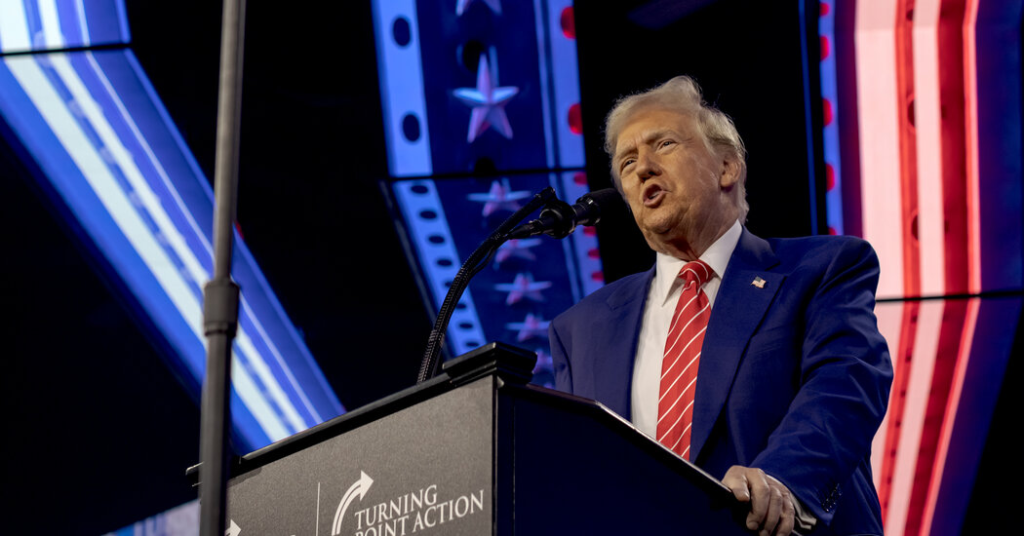
This policy has drawn sharp criticism and concern from Canadian leaders. Alberta Premier Danielle Smith has urged caution, resisting calls for retaliatory measures. “You end up hurting yourself in trying to retaliate,” Smith stated. Saskatchewan Premier Scott Moe has aligned with Smith’s approach, emphasizing restraint.
However, Ontario Premier Doug Ford has taken a more aggressive stance. Ford is exploring options to counter Trump’s tariffs, including potentially cutting off electricity exports to the U.S. or imposing tariffs on American liquor imports. “They’re coming after Ontario. Let’s be very clear about this,” Ford said in an interview with The Guardian. “We’re going to make sure we do everything we can to protect Ontarian jobs.”
Divided Responses Among Premiers
The divide among Canada’s provincial leaders reflects broader uncertainty about the country’s economic and diplomatic future. Alberta, with its heavy reliance on oil exports, may be less vulnerable to Trump’s tariffs compared to Ontario, which has a more diversified economy but is deeply integrated with U.S. trade networks.
While some premiers favor a diplomatic approach, others advocate for stronger retaliatory actions to show Canada’s resolve. “That’s Danielle Smith; she’s speaking for Alberta,” Ford emphasized. “I’m speaking for Ontario. That’s going to get hurt a lot more.”
A Quiet Federal Government
Amid the escalating crisis, Trudeau’s government has faced criticism for its subdued response. Analysts suggest that the prime minister’s impending departure may have contributed to the federal government’s lack of decisive action. Meanwhile, provincial leaders are stepping into the void, seeking ways to address Trump’s aggressive trade policies independently.
The Broader Implications
The economic impact of Trump’s proposed tariffs could be significant, affecting industries ranging from manufacturing to agriculture. Canada’s premiers are left to navigate this uncertain terrain with no clear consensus on the best path forward.
The situation underscores the challenges of managing relations with a volatile U.S. administration. As Trump continues to use his platform on TruthSocial to mock Canada, the stakes remain high for Canadian leaders tasked with protecting their country’s economic and political stability.
Conclusion
As Canada grapples with the fallout from Trump’s tariff threats, the path ahead remains uncertain. Whether through diplomacy, countermeasures, or a mix of both, Canadian leaders must find a way to safeguard the country’s interests in the face of an unpredictable U.S. administration.
Disclaimer: This article has been meticulously fact-checked by our team to ensure accuracy and uphold transparency. We strive to deliver trustworthy and dependable content to our readers.

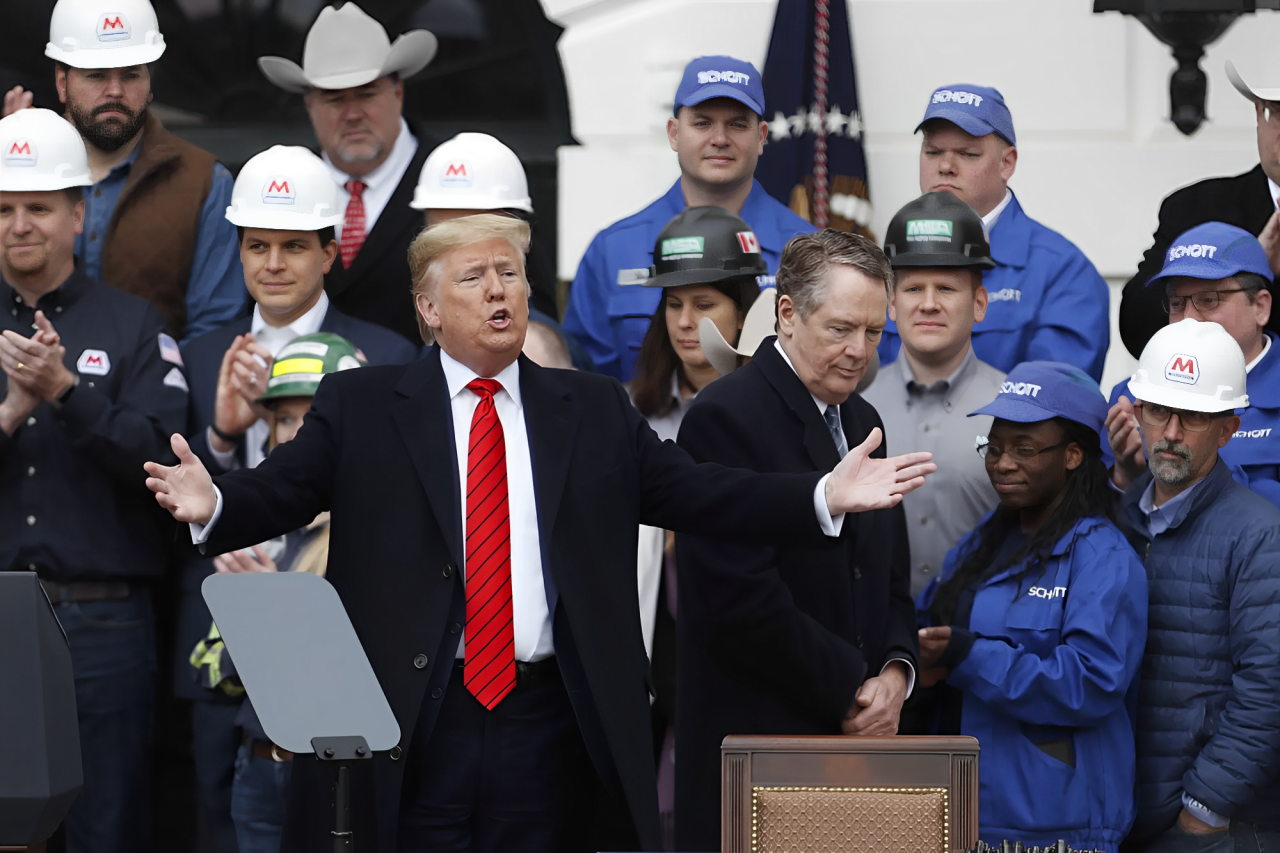
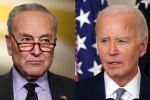
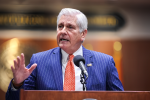
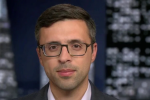
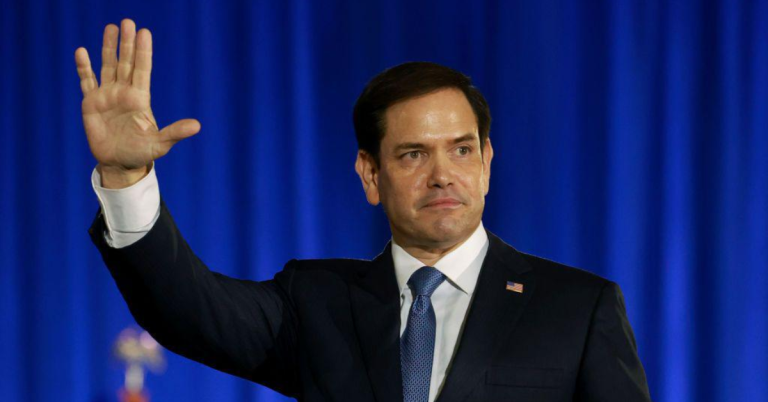
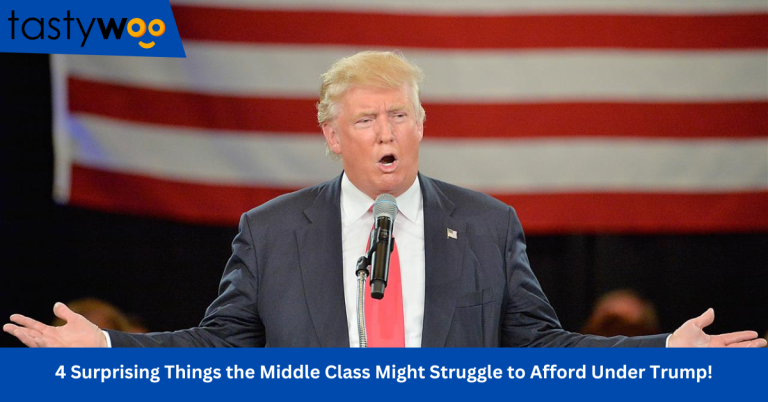
Leave a Comment